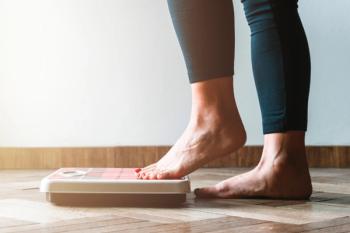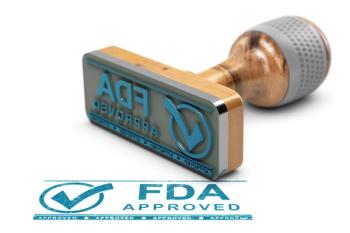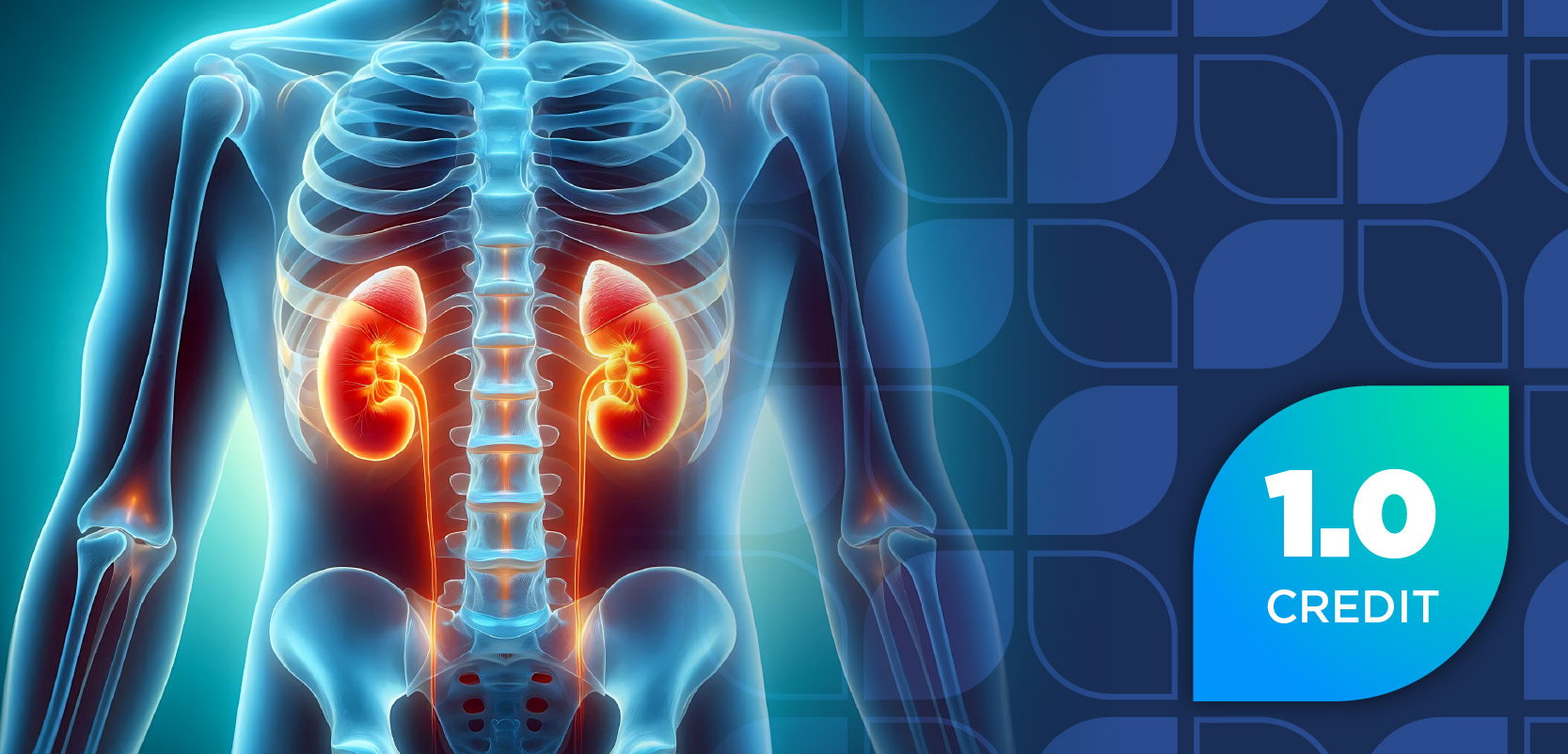
First Automated Insulin Delivery Device Gets FDA Approval
The FDA has just approved the first automated insulin delivery device for patients 14 years and older with type 1 diabetes (T1D).
The FDA has just approved the first automated insulin delivery device for patients 14 years and older with type 1 diabetes (T1D).
Medtronic’s MiniMed 670G hybrid closed looped system, often referred to as an artificial pancreas, serves as an automatic glucose monitor and basal insulin dose dispenser. The device adjusts insulin with little or no input from the user by measuring glucose levels every 5 minutes and automatically either administering or withholding insulin.
Because T1D impairs insulin production in the pancreas, patients must consistently monitor their glucose levels and adhere to insulin therapy throughout the day. With this device, T1D patients are able to more easily monitor and manage their glucose levels and insulin administration.
The system includes a sensor attached to the body that measures glucose levels under the skin, an insulin pump strapped to the body, and an infusion patch connected to the pump with a catheter that delivers insulin. Although the device automatically adjusts insulin levels, users must manually request insulin doses to counter carbohydrate consumption.
The FDA’s approval of the system follows an evaluation of data from a clinical trial of the device that included 123 participants with T1D. It included an initial 2-week period without the system’s use, followed by a 3-month study in which participants used the system frequently. The trial’s results determined that the device is safe and effective for use in patients 14 years and older, and no serious adverse effects were reported.
As part of the system’s approval, the FDA is requiring a postmarket study to further evaluate the device’s performance in real-world settings. Medtronic is also currently performing clinical studies on the safety and effectiveness of the device in children aged 7 to 13 years with T1D.
Risks associated with the device’s use include hypoglycemia and hyperglycemia, as well as skin irritation or redness around the device’s infusion patch. The device is unsafe for use in children 6 years or younger, and in patients who require less than 8 units of insulin per day.
Newsletter
Stay informed on drug updates, treatment guidelines, and pharmacy practice trends—subscribe to Pharmacy Times for weekly clinical insights.


















































































































































































































